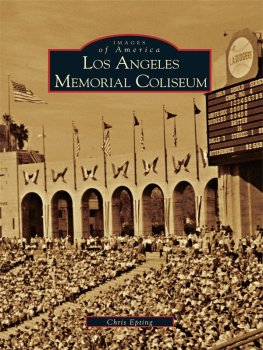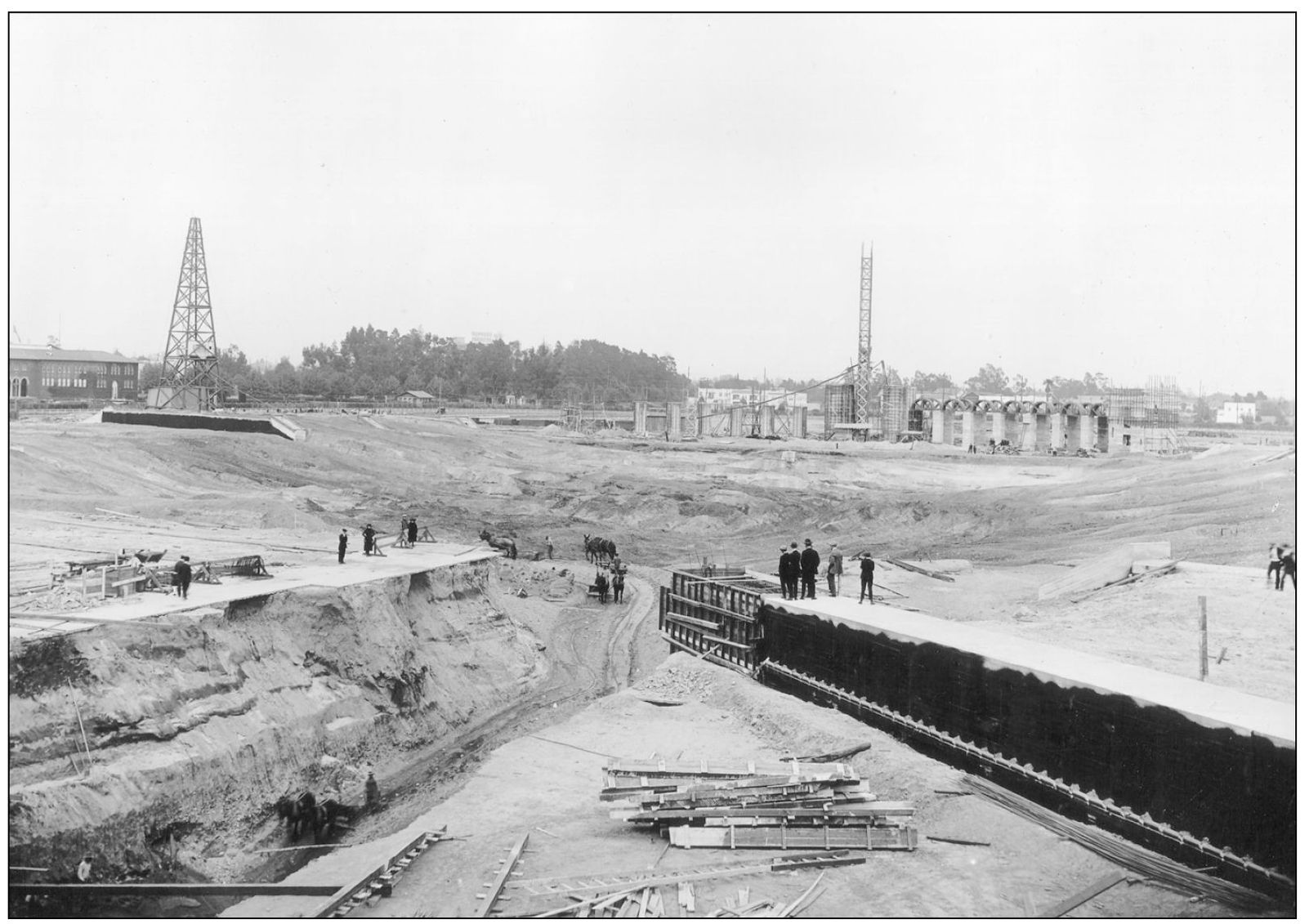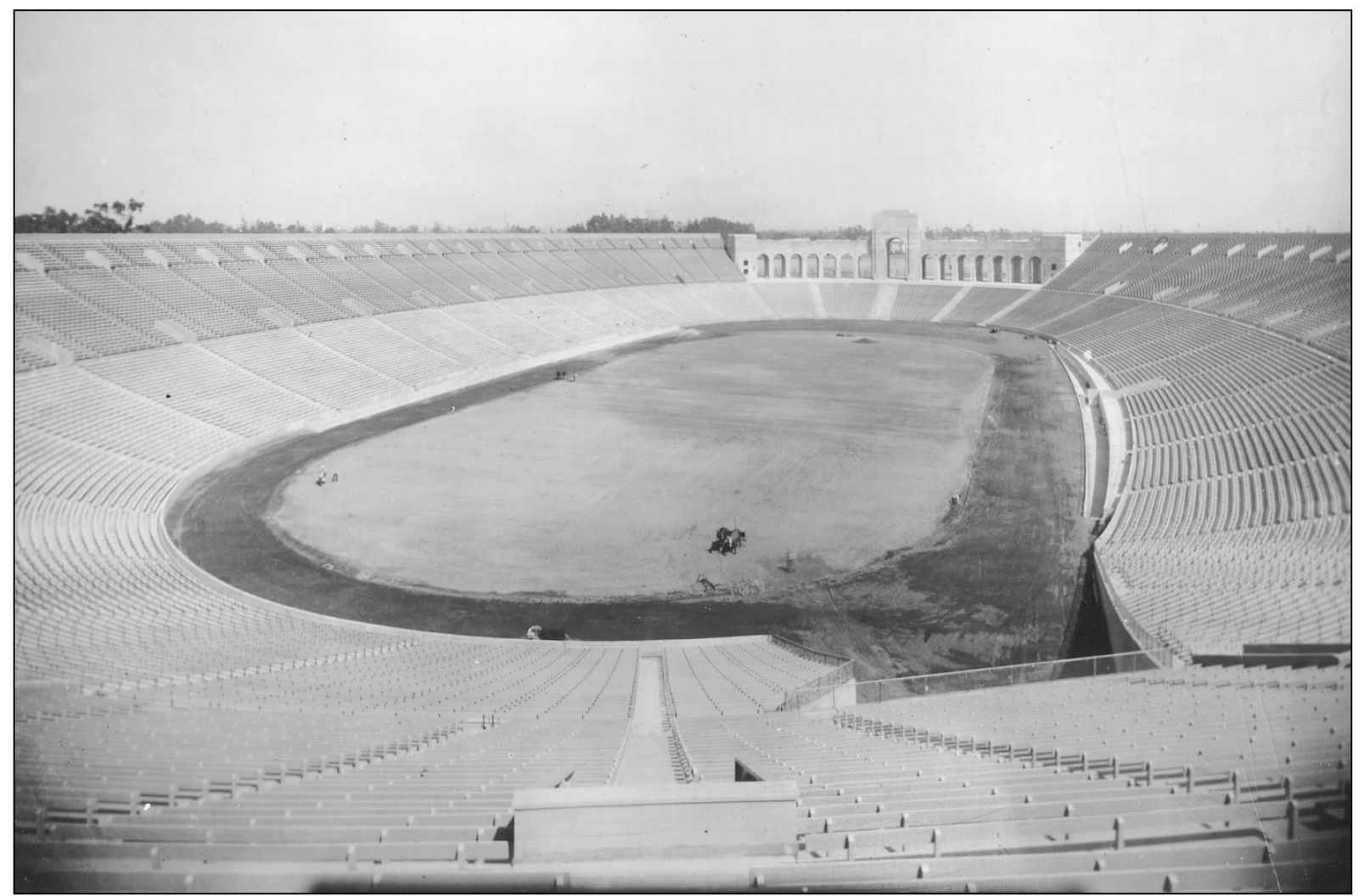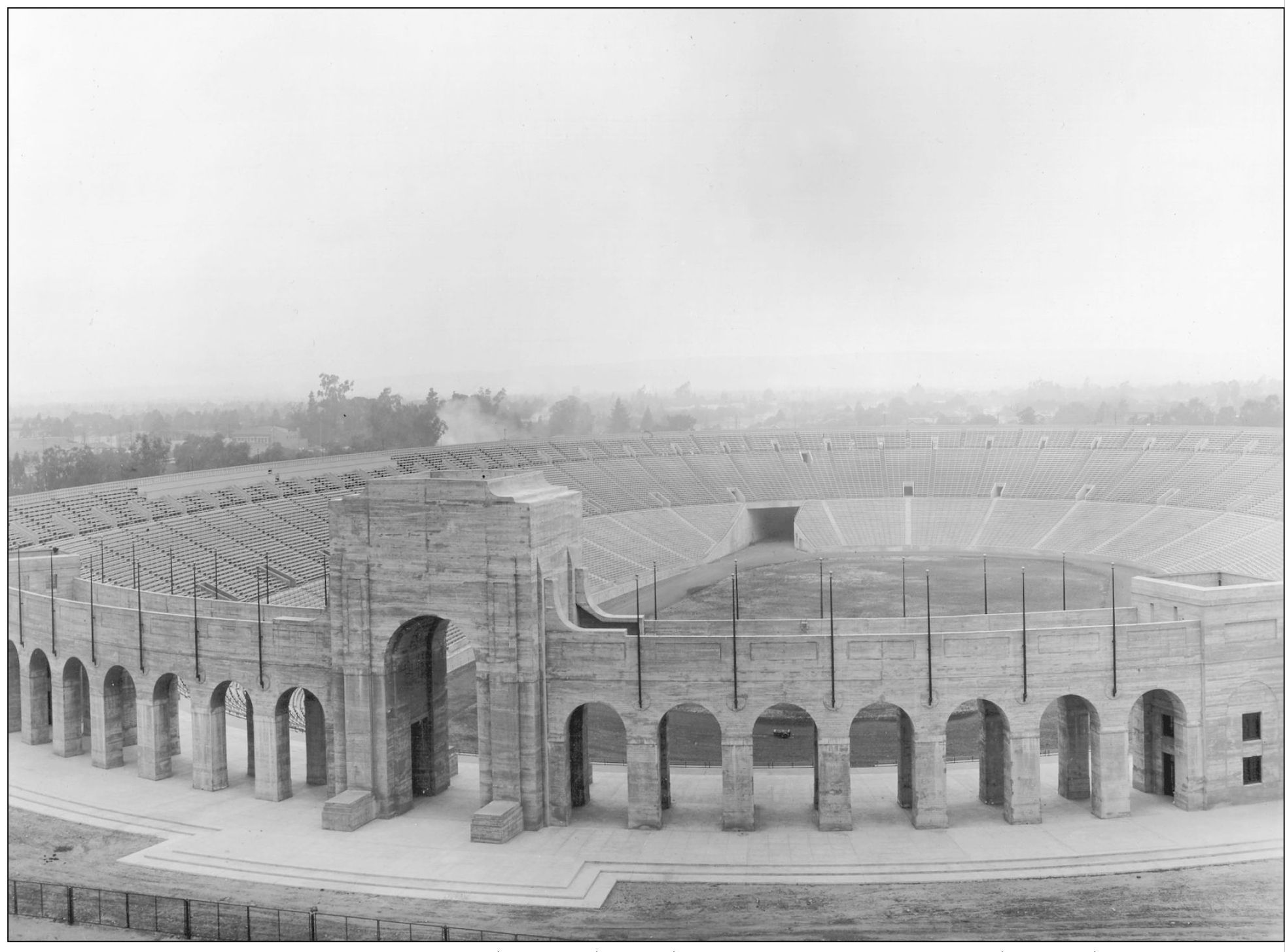ACKNOWLEDGEMENTS
To my wife, Jean; my daughter, Claire; and my son, Charlie. (Not many little boys get to
throw a football around on this playing field with their Dad. Lets never forget how fortunate
we are.) Finding time to work on projects like this requires a patient and special family, and I
think I have the best.
To A. Larry Chapman, President of the Los Angeles Memorial Coliseum Commission, and
Don Knabe, Vice President.
To the Coliseum Commissioners, Yvonne Braithewaite Burke, William A. Chadwick,
Mark Ridley-Thomas, Mike Roos, Lisa Specht, Frank Ulf, and Zev Yaroslavsky.
To the Coliseum Commission Alternates, Michael D. Antonovich,
Christopher W. Hammond, and Nate Holden. And the Commission Counsel,
Donovan M. Main, and Patricia V. Tulbert. For the privilege of allowing me to embark on this
project, I am indebted to all of you on the Commission.
To Pat Lynch, General Manager of the Los Angeles Memorial Coliseum and Coliseum Chief
Administrative Officer, Margaret Farnum.
To Jon Lee, Marketing Director at the Los Angeles Memorial Coliseum and Sports Arena, for
providing insight and incredible photos of the special building next door to the Coliseum.
To Genelle Le Vin and Frances Jaramillo, who both work at the Coliseum and who helped
make every visit so memorably pleasant.
To my good friend Bryan Larkin, for all of his help in preparing the photos, and for
appreciating the drama of just wandering around the empty Coliseum.
To Michael W. Salmon, Librarian; Christina Hennessey, Librarian; and Daniel Bell, Research
Director at the Amateur Athletic Foundation, Los Angeles.
To Keith Ulrich and the rest of the terrific staff at Arcadia Publishing for their hard work and
tireless dedication to so many projects like this.
I thank you.
Lastly, to the countless athletes, performers, and public figures who have graced the
Los Angeles Memorial Coliseum with their magic May the echoes of your monumental
achievements and spectacular performances live forever within this grand, hallowed structure.
And may new feats of greatness continue to be performed here for generations to come.
Chris Epting
Find more books like this at
www.imagesofamerica.com
Search for your hometown history, your old
stomping grounds, and even your favorite sports team.
One
BUILDING THE COLISEUM
THE BUILDING IS UNDERWAY, DECEMBER 1921. This stunning aerial view, shot by blimp, dramatically depicts the Coliseum as it takes shape around an abandoned gravel pit. At the time, the population of Los Angeles was just 576,673, yet this was to be a 76,000 seat stadium. Clearly, the planning group foresaw the growth that was to come.
DECEMBER 1921. Still barely more than a gravel pit, this shot was taken from on top of where the main tunnel would eventually be. You can see the famous Peristyle arches starting to take shape at the upper right.
PERISTYLE CONSTRUCTION, 1921.
DECEMBER 1921. This shot looks west from the site of where the Peristyle will be. The dirt being dug up from the gravel pit was actually used to help shape the walls of the Coliseum. The emerging tunnel can be seen at upper left.
DECEMBER 1921, LOOKING TOWARD TUNNEL.
LOOKING TOWARD THE NORTH SIDE, 1923. With the Peristyle all but complete, the rest of the structure continues to take shape.
WINTER 1922. It was originally called the Los Angeles Memorial Colosseum, as a tribute to those who gave their lives in World War I (the spelling was modeled after the Roman Colosseum). But by July 1920, the spelling had changed to Coliseum.
THE JOB IS DONE, 1923. This is one of the first completed views of the Coliseum, before the stage was constructed for opening ceremonies.
NEARING COMPLETION, 1923. Much of the dirt that has been excavated remains at what will soon be mid-field.
OUTSIDE LOOKING IN, 1923. Architect John Parkinsons masterpiece is complete, and just weeks away from the festive opening.
THE MEN WHO BUILT THE COLISEUM, 1923. Many of the workers, who completed this building both on time and on budget, pose on the just erected seats.
A VIEW OF THE ARCHES, 1921. With no workers present, the abandoned site almost resembles an archeological discovery site.
COLISEUM CONSTRUCTION, 1922. The south (right) stands are almost completed.
WORK ON THE UPPER LEVEL HAS BEGUN, 1922.



























